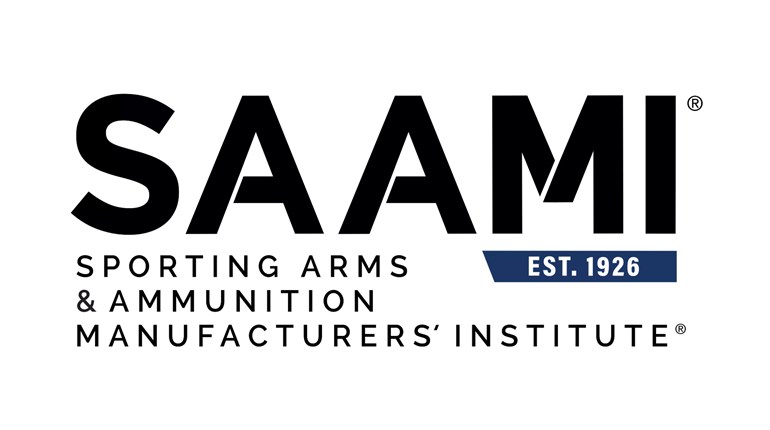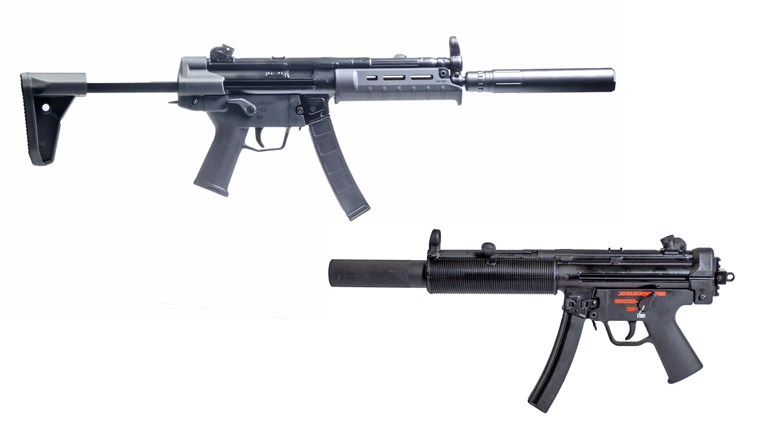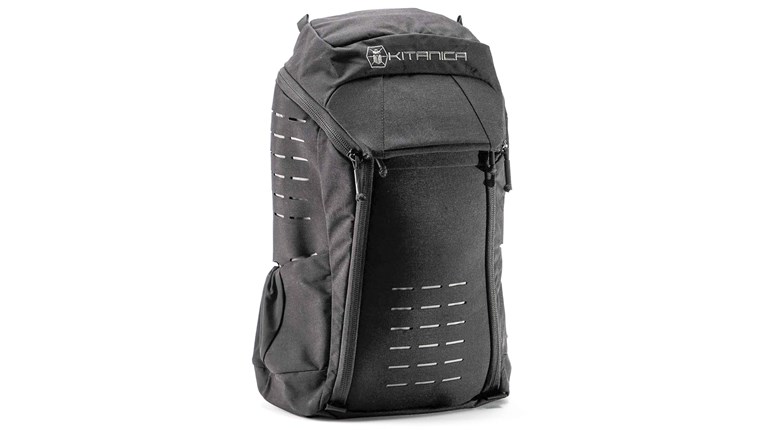
I spent a lot of time in my teen years shooting at dirt clods and varmints in the fields and woods around my hometown. My whopping $3.25/hour wages were used for whatever ammunition was cheapest to shoot through a ragtag collection of second- and third-hand rifles. With the exception of one open-sighted, .22 LR round that drilled an unlucky cottontail through the heart at 70 yards, I never made any particularly noteworthy shots. Any misses were automatically chalked up to my own poor shooting and/or the rifles’ loose tolerances. The notion that different ammunition types can have vastly different trajectories never seemed to dawn on me in those days.
My first decade in the Army was spent shooting M855 (62-grain) “Green Tip”, M856 (64-grain) Tracer and older M193 (55-grain) ball loads. I shot my best with whatever load I was issued at the ammunition supply point and held my own on the range, but I still accepted a lot of inaccuracy. It was not until I migrated into the sniper ranks that the lights slowly clicked on. I suddenly had accurate 5.56 NATO, 7.62 NATO, .300 Win. Mag. and .50 BMG sniper systems to master, later complemented by .338 Lapua Mag. and other specialty chamberings. Each rifle had multiple munitions from which to choose for a particular mission. This juggling act meant that the number of ammo types with which I had to be proficient—six in 7.62 NATO alone—was overwhelming. The hardest part of managing multiple ammunition types in one rifle was, and still is, compensating for trajectory differences between the ammo you have zeroed the sights to and everything else you feed your gun. Fortunately, we have tools that can help us deal with this challenge.
The first obstacle is to decide with which round you will zero your rifle. The simplest choice is the ammunition you plan to shoot most often, such as your pet hunting load, favorite match round or the target fodder you bought cases of during the last run on ammo. If your rifle does double duty as a defensive gun, it probably makes sense to zero with your primary defensive load ahead of all others.
The next task is to decide how you want to manage different trajectories with your rifle’s sighting system. The greater the difference in projectile weights, designs and loads, the more of a change in trajectory you will see when shooting anything other than your zeroed ammunition. Even when shooting the same weight bullets in a given caliber, design has a lot to do with how each will fly downrange.
The simplest—but not necessarily the best—trajectory-management system is to continue using the same aiming points used with your zeroed load and just accept the different points-of-impact. A difference of 1 or 2 inches when plinking is no big deal, but it matters for precision pursuits, serious competitors and self-defense, though. The next-simplest method is to visually holdover or under your intended point-of-impact. Most people can visualize a few inches accurately enough to make decent shots this way. But it is an imprecise method and best limited to a couple hundred yards and under.
Another method of compensating for different trajectories is to adjust your sighting system’s zero for alternative loads. This is my least-preferred method because I have a tendency to shoot the wrong ammo type for whatever zero I happen to be using. Things get very confusing once multiple loads are added into this picture, so I generally leave my knobs alone after the initial primary-ammunition zero.
Riflescopes with target or tactical knobs allow shooters to add or subtract elevation for distant shots by dialing up or down as needed. They also make multiple load management fairly simple. While knob markings may not correspond to alternate ammunition, you can create secondary markings on your knobs for non-zeroed loads using white nail polish, luminescent paint or light-colored paint markings. Or you can simply record/remember the differences at each distance. Log books and data cards [attached to the rifle] make their worth known here. I used to shoot a 127-grain .308 Win. load that hit high at 100 and 200 meters, but dropped off faster than my primary 175-grain match load beyond 200 meters. I held low at closer ranges and added 2 MOA to every distance setting on my scope’s BDC knob between 300 and 500 meters. Sounds complicated, but it worked well enough.
Things got easier when I switched to all milliradian-based reticle holds. Reticle holdovers using any available aiming points built into the reticle are probably the most-practical method of managing multiple load trajectories through one rifle. I memorized the mil holds for my primary sniper load out to 1,000 meters and a couple of my alternate loads out to 600 meters. The “dope card” attached to my rifle gave me holds for all three loads to the extent of their usable ranges, and my sniper data book had holds for just about anything I could encounter in the way of .308 Win. or 7.62 NATO ammunition. Today, I keep mil-holdover data on my .308 Win. rifle for my primary defense and hunting load, as well as my best match load and surplus ball ammunition. No physical adjustments are needed—just using different points in the reticle to aim.
I have referenced elevation changes here, but windage can change with different ammo types, too. Differences in bullet design and starting velocities cause deviations in drift in addition to drop, especially at longer distances. Windage changes are handled just the same as for elevation, except that dialing in both windage and elevation corrections for each distance is only practical for static shooting at targets that do not shoot back.
Ballistic programs can save time figuring out likely trajectories, but there is no substitute for confirming those projections at real distances, especially when multiple ammo types are involved. Do not be intimidated if faced with the need to shoot multiple loads out of your rifle. Test them out to see how they fly, record the results and develop a system for adjusting your points-of-aim accordingly. Then practice, practice and practice some more.





































